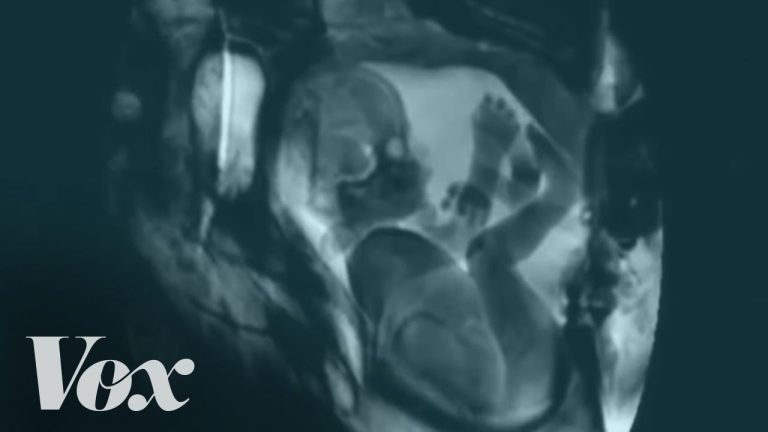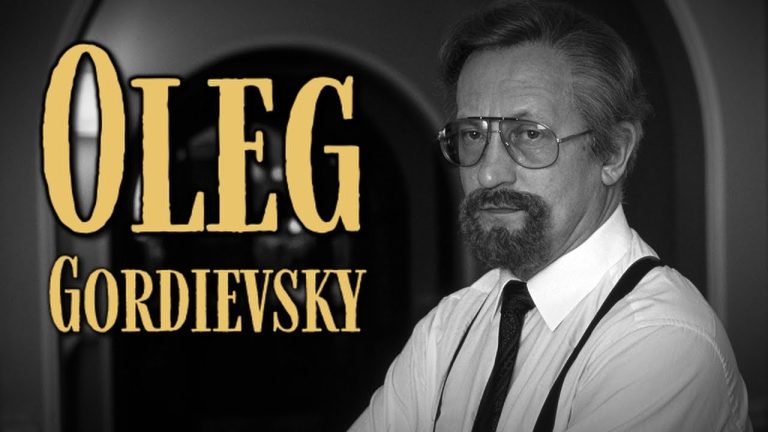In a fascinating behind-the-scenes look at the making of the iconic Raptor suit for “Jurassic Park,” special effects artist John Rosengrant shares insights into the extensive development process that brought these prehistoric creatures to life on screen. Utilizing a 1/5 scale model, Rosengrant and his team aimed to test the proof of concept for a suit that would allow a performer to embody the movements and characteristics of a Velociraptor.

Rosengrant, who portrayed one of the Raptors, collaborated closely with fellow performer Mark “Crash” McCrea, who donned a second suit. The duo engaged in a series of tests that involved creating a prototype from foam and a material reminiscent of a garbage bag, which Rosengrant fondly referred to as the “garbage bag test.” This innovative approach harkens back to techniques used in the past, including the construction of a full-sized Queen Alien for James Cameron’s “Aliens.”
The creative process was marked by experimentation and refinement. As the team worked on the Raptor suit, they focused on achieving organic and mobile movements. This involved detailed design work on the neck mechanism, which allowed for bird-like head movements, essential for the realism of the Raptors in the film. With rods controlling head tilt and turn, the suit was designed for intricate movements, enhancing its lifelike appearance.
Throughout the development, the team faced the challenges of ensuring that the suit provided a realistic portrayal of the Raptor’s behavior. Rosengrant and McCrea trained together, preparing for key scenes, one of which involved a memorable moment where a Raptor stands in a kitchen doorway, calling to another Raptor. The legs of the suit were meticulously crafted to support this action, contributing to the overall fluidity of the performance.
As the project progressed, the suit began to take on its final form. With paint and detailing applied, it transformed into a more recognizable and menacing creature. The team also incorporated remote-controlled arms, allowing for additional movement, and even achieved blinking mechanisms to enhance the suit’s lifelike qualities.
Reflecting on this groundbreaking work, Rosengrant expressed pride in the physical challenge of wearing the Raptor suit and the satisfaction of contributing to a film that has left an indelible mark on cinematic history. “Jurassic Park” not only pushed the boundaries of special effects but also created a lasting legacy that continues to inspire filmmakers and audiences alike.
This behind-the-scenes glimpse serves as a testament to the creativity, dedication, and innovation that went into making the Raptor suit, showcasing the remarkable efforts of the team that brought these prehistoric predators to the big screen.






